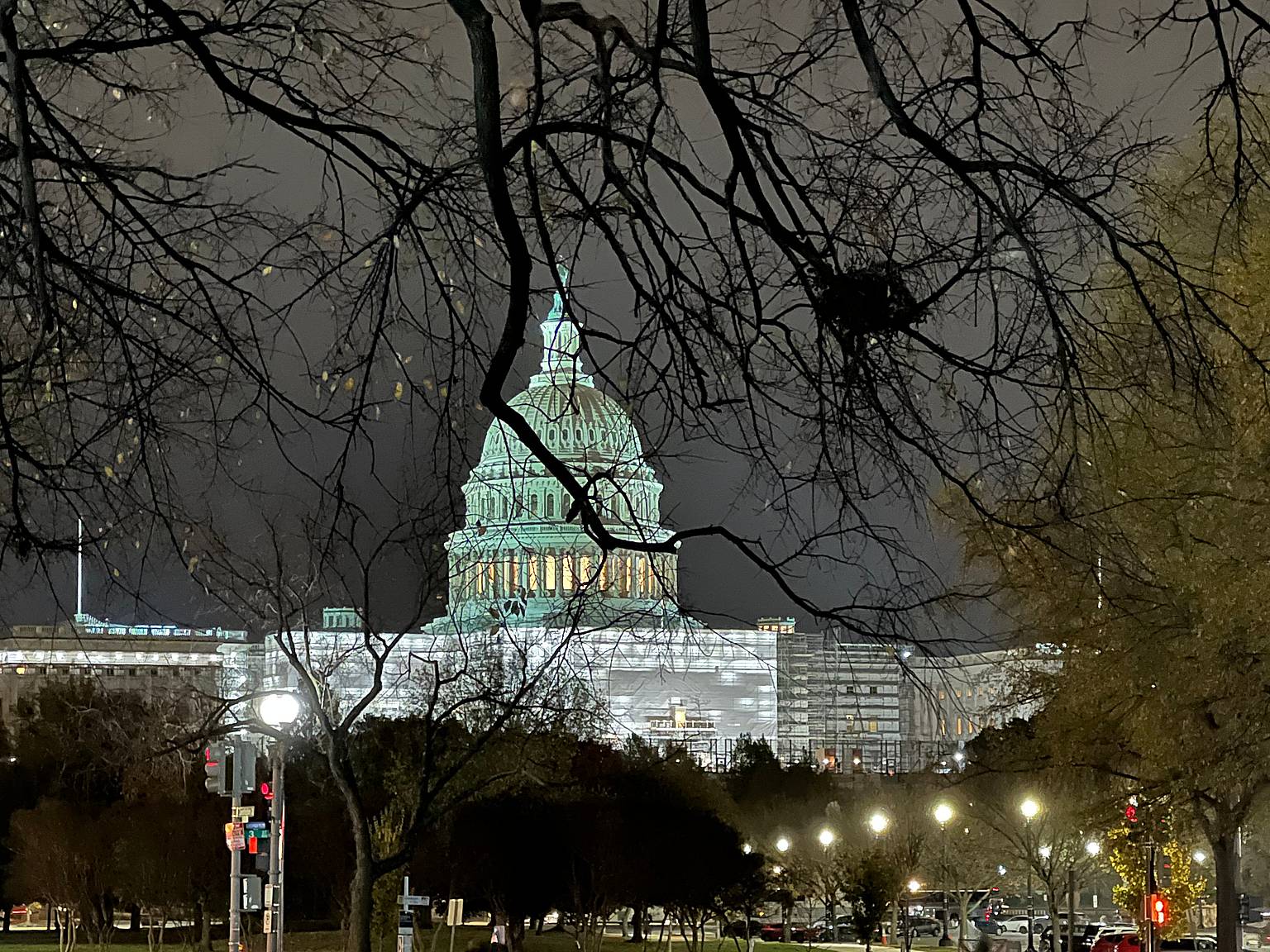Yesterday, as expected, SCOTUS struck down existing race-based admissions policies, deeming “many universities have for too long wrongly concluded that the touchstone of an individual’s identity is not challenges bested, skills built, or lessons learned, but the color of their skin.” The historical and cultural impact of yesterday’s decision can neither be understated nor fully understood in the immediate aftermath. Since we acknowledge that our scope is narrow, we will reserve our comments to the field of college and private school admissions, although we need to contextualize any comments by noting that the research studying diversity in classrooms points to its positive effects on students of all races. We also know from the 10 states that previously banned race-based admissions that such legal parameters significantly reduce diversity in classrooms. Ultimately, education will not be the same in America as before this decision.
As for the pragmatic impact on admissions for our college and independent school candidates, we believe:
- This SFFA vs Harvard and UNC decision adds another layer of complexity to an admissions landscape already disrupted by the optional SAT and the confusion surrounding the role of essays with the advent of ChatGPT. As one admissions veteran posited: “If we can’t consider race, writing, and test scores, how can we make accurate decisions?”
- We predict many college admissions offices will more actively visit and recruit candidates of color. Most colleges agree with the 2003 SCOTUS decision that “student body diversity promotes learning outcomes,” and Angel Perez, CEO of the National Association of College Admissions Counselors (NACAC) proclaimed the decision “a bitter setback,” citing Justice Ketanji Brown Jackson’s dissenting statement: “deeming race irrelevant in law does not make it so in life.” Admissions officers will be more attentive to subtle allusions to race that are still allowed on the applications, like zip codes, activities (DEI club, for example), and the optional, open-ended “Additional Information” statement.
- We anticipate colleges adding extra essays that can solicit an applicant’s ethnic narrative such as “Describe your community, upbringing, or family.” Though the demographic box indicating race can no longer be considered, the decision points out that, “nothing prohibits universities from considering an applicant’s discussion of how race affected the applicant’s life.” Reminder: As noted in our intro, neither #2 nor #3 has stemmed the significant drop in enrollment of students of color in those 10 states that have already been dealing with the elimination of race-conscious admissions.
- White students are likely to misperceive the Court’s decision as an opportunity for them to gain admission to elite colleges where they are either borderline or overtly underqualified candidates. We’ve seen and continue to see similar misperceptions among college candidates in regards to the optional SAT implementation, which has led to a spike in underqualified applicants to elite universities. As a white student claims in today’s Washington Post: “Before [the ruling], I wouldn’t have had a chance of getting in” at an Ivy League college.
- Asian and Asian-American applicants should benefit, since eliminating race will now keep them from being dinged by “personal scores” related to character. We predict more states will adopt the policy currently employed in Texas, where students in the top 10% of GPA are automatically accepted, benefiting Asians and Asian-Americans, who historically have higher GPAs.
- The scope of the decision is limited to race: We see nothing in the 237-page ruling that will restrict colleges’ ability to offer an advantage to athletes or legacies, as some had predicted, though in recent years several colleges have eliminated the edge for children of alums. But we also won’t be surprised if legacy admissions will be challenged in court since the policy benefits whites more than other races. (Development case admissions still exist, but have been seriously diminished at many colleges since the Varsity Blues scandal.)
How about if you are applying to a private day or boarding school? There’s a reason we refer to these institutions as “independent” schools. As they are not tied to federal funding or loans, some are already fiercely renewing their commitment to diversity.
Phillips Andover’s Head of School vows to “double down” on “welcoming an intentionally diverse community of students.” And Susan Baldridge, Executive Director of The Association of Boarding Schools (TABS) asserts to its over 255 member schools “our commitment to helping you provide a nurturing and inclusive environment for all students remains steadfast.”
Here at McMillan Education, our team of lifelong educators will actively gauge the aftershocks of the decision, both the evolving implications regarding admissions, and the cultural shift that will occur at colleges, since determining the right social milieu for students plays a critical role in finding their best campus fit. Undeniably, the college admissions landscape has changed. This does not mean, however, that Asian and white students ought to raise the ambitions of their college list based on the belief that it will now be “easier” or “fairer” for them. Competitive schools already have more qualified applicants than they do spots. That has not changed. What will change is the total number of applications they will receive, many of which will be unqualified. For our students of color, particularly those who feel that an important part of their identity has now been white washed before the eyes of college admissions officers, we will do all we can to help you express that part of your identity in other areas of the application and find a college at which such an expression is appreciated. For some of these particularly gifted students of color, this could include one of the defendants, Harvard, whose president-elect proclaims, “We want you here.” Across the board, we will stay true to our mission to guide our children and adolescents through this period of growth, empowering students to self-actualize through the lens of the admissions process.



